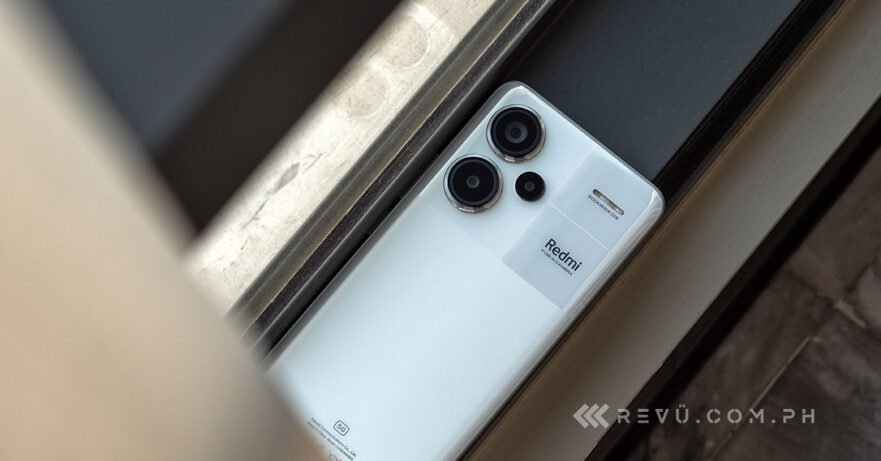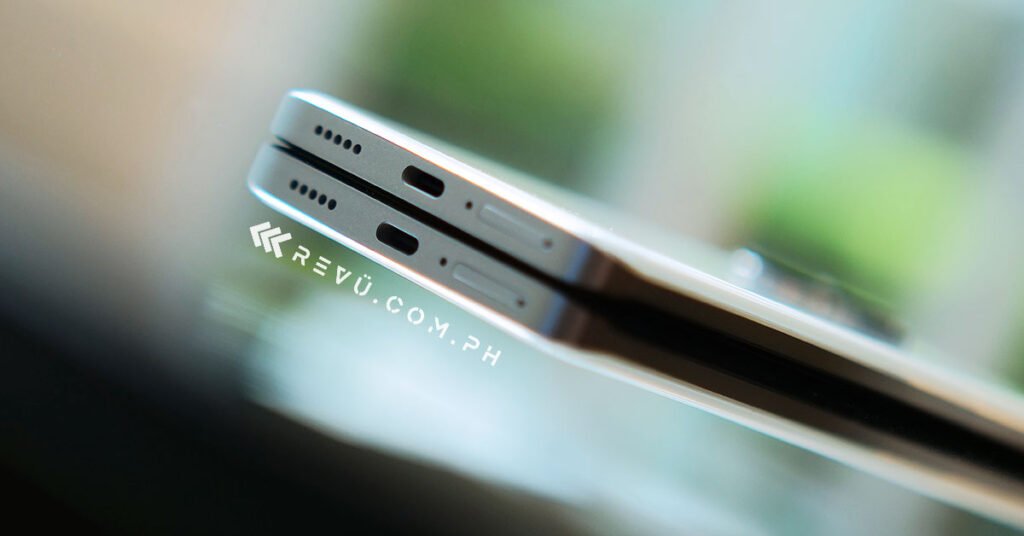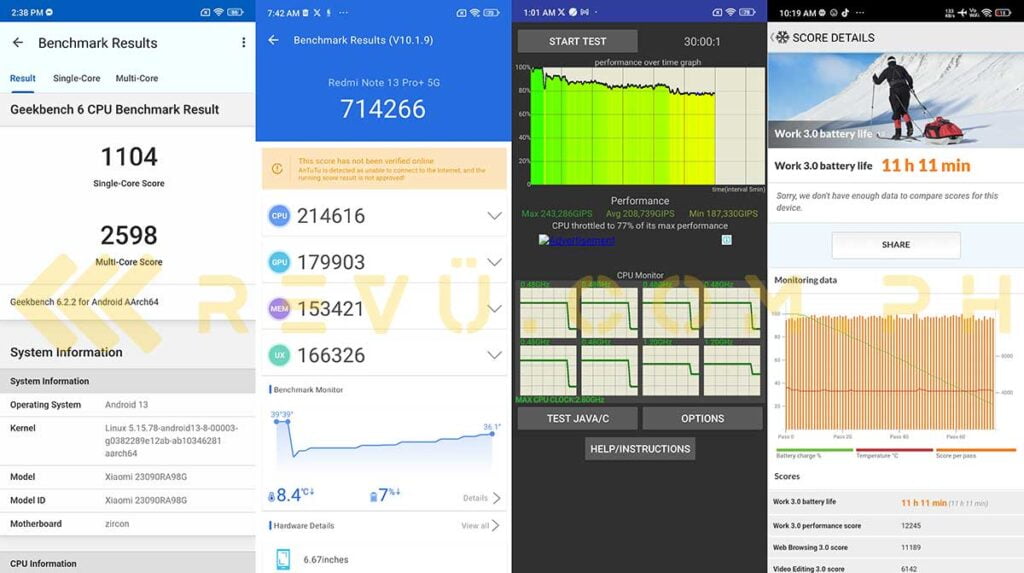Xiaomi recently launched the Redmi Note 13 series at an event in Bangkok, Thailand, which we attended.
(Update, April 4: There’s already a special edition version of the Redmi Note 13 Pro Plus 5G, in time for the Xiaomi Fan Festival 2024!)
The company announced five new smartphones, plus three wearables, but the highlight was the unveiling of the Redmi Note 13 Pro Plus 5G, which is priced from P20,999 (around $376 converted) in the Philippines. It is available in Midnight Black, Moonlight White, and Aurora Purple colors. If you preorder it at any time until January 25, you get a free Xiaomi Smart Band 8.
The Pro Plus version is Redmi’s closest attempt at a flagship phone to date, with Xiaomi throwing everything it can at the user, with the exception of a flagship-grade chipset — though that’s not to say the Redmi Note 13 Pro Plus 5G isn’t capable of running demanding apps and games fluidly, because it can.
All the right curves and shapes
Boasting a unique design that emphasizes fashion and art, the Redmi Note 13 Pro Plus 5G is quite easily the most visually attractive Redmi phone we’ve reviewed to date.
Xiaomi introduced a couple of firsts for its value-focused sub-brand here. For one, this is the first Redmi model to pack a curved display — and it’s an impressive one at that. To our knowledge, this is also Redmi’s first attempt at a vegan-leather back — although it’s only available on the Aurora Purple color variant of the phone. Besides the use of a completely different material, the multi-colored geometric segments on the upper portion of the purple variant add to its charm and personality and lends an artistic vibe.
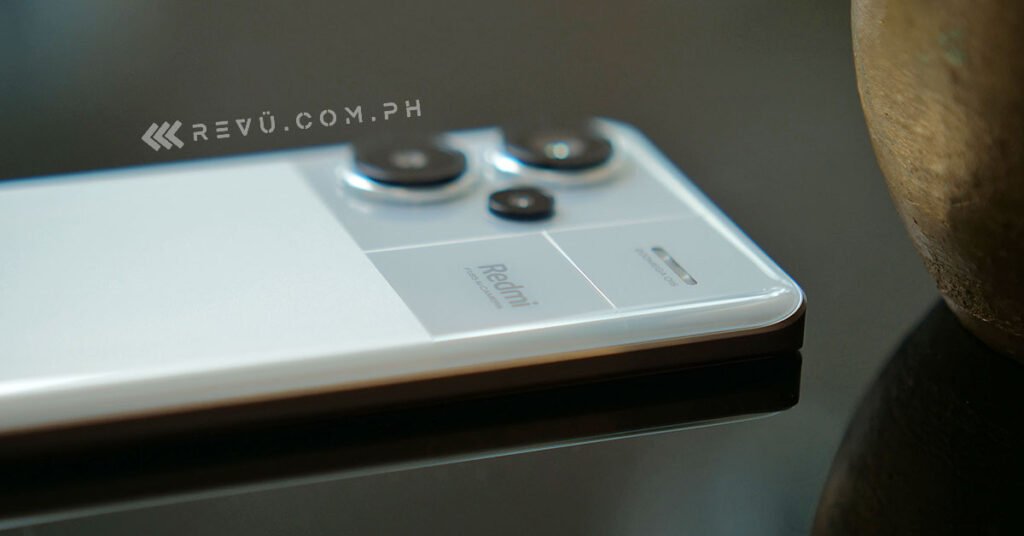
The black and white versions of the Redmi Note 13 Pro Plus 5G, on the other hand, have glass backs, to go along with a sleek plastic frame that’s flat on all four sides. As you can probably tell, the glass version pictured here feels very comfortable in the hand, and the slight curves on the front and rear panels don’t make it feel as large as one might think given its screen size and rather generous battery capacity.
The top of the phone has a cutout for the secondary loudspeaker, microphones, and IR blaster for using the device as a remote control. The bottom features the main speaker, microphone, and SIM tray, which omits an expansion slot for a microSD card. You can also use an eSIM in conjunction with a physical SIM card to enable dual-SIM functionality, or just one of the two — whichever suits you best. Coming to the right-hand side, we find the slim power and volume keys.
The Redmi Note 13 Pro Plus 5G has a fingerprint reader built into the display. It works nicely, but the placement could have been higher on the panel for easier access. The built-in speakers are quite loud and support the Dolby Atmos codec for spatial audio, too; they complement the smartphone’s beautiful Dolby Vision-equipped screen. Just be careful not to muffle the speakers while playing games or streaming videos in landscape orientation.
You get an IP68 ingress rating, meaning the Redmi Note 13 Pro Plus 5G can withstand being submerged in fresh water to a maximum depth of 1.5 metres for up to 30 minutes. It’s also protected from dust getting inside the enclosure, without the need for extra cases or covers. Most handsets in this price range don’t feature a high IP rating, so it’s definitely something Xiaomi can boast about.
Tack-sharp OLED display
Another highlight is the phone’s display. Xiaomi has equipped the Redmi Note 13 Pro Plus 5G with a 6.67-inch AMOLED screen that’s slightly curved at the side edges and looks absolutely gorgeous when you’re holding the device. The panel offers a sharp 1.5K resolution, 1,800 nits peak brightness, as well as full P3 coverage, and can refresh up to 120Hz, though it can also drop down to 90Hz and 60Hz depending on the app. There’s support for major HDR standards, including HDR10+, Dolby Vision, and HLG. And it can play HDR content in apps such as Netflix — provided your subscription allows it.
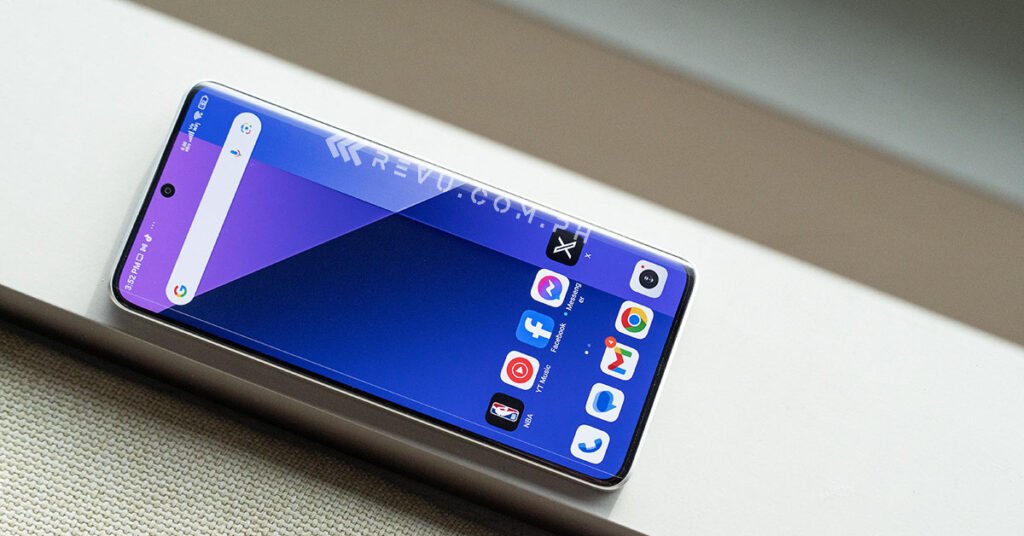
Looking at pictures in the native Gallery app, you might notice some sharpening and color boost applied to your images, especially when you pinch to zoom on details. Your eyes are not deceiving you. What actually happens is that the Redmi Note 13 Pro Plus 5G automatically applies a sharpening and color-enhancement filter to images and even videos.
This extends to video-streaming platforms like YouTube and Netflix, and there’s no way to disable it if you don’t like the resulting picture quality, at least as far as we know. We don’t mind, but purists who are after cinema-like colors might be put off by the filter. On a more positive note, the panel is protected by flagship-grade Corning Gorilla Glass Victus, which should allow the phone to survive accidental drops better than most of its competition.
Flagship-level main camera
Xiaomi has invested a lot of effort in the camera department in recent years, and it shows on its latest sub-flagship offering. Obviously, the main story here is the 200-megapixel Samsung ISOCELL HP3 image sensor featured on the rear camera. The sensor has OIS and sits behind a 23mm-equivalent f/1.65 lens. It is joined by an 8-megapixel ultrawide and a 2-megapixel macro option, though the latter is more like a filler given the main camera’s super-sharp resolution and natural ability to use center crops to its advantage.
Quality-of-life features such as the handy drop-down menu shortcuts in the native Camera app, as well as the ability to quickly take photos with a 2x or 4x lossless zoom, or capture a 200-megapixel image without drilling down into the settings, are very much welcome. For video, the Redmi Note 13 Pro Plus 5G can record up to 4K resolution at 30 frames per second. The lack of 8K video recording and higher frame-rate options is likely due to the limitations of the chipset.
Oh, and the hardware-backed stabilization works better than expected in video mode. With Steady Video enabled in the camera settings, you can definitely shoot stable vlog footage with this phone while walking and panning the camera. Your video will be locked to 1080p at 30 FPS when filming in Steady Video mode. We’d say that’s a fair trade-off given the results. The main camera’s autofocus is quick and accurate as well, especially when picking out faces.
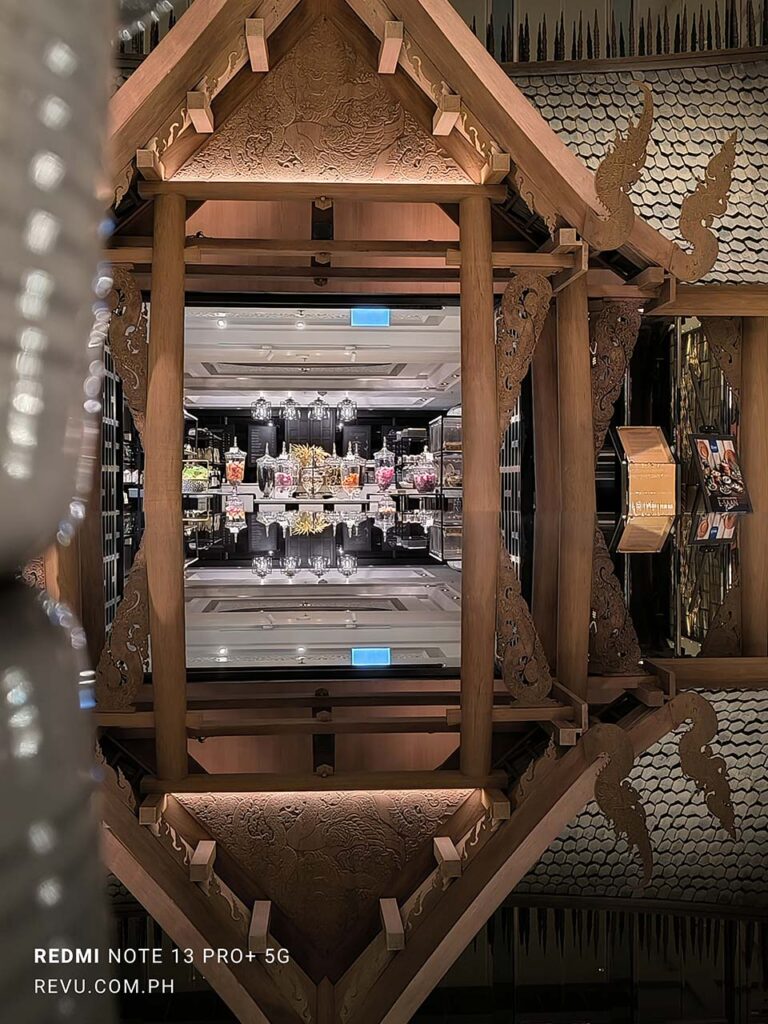
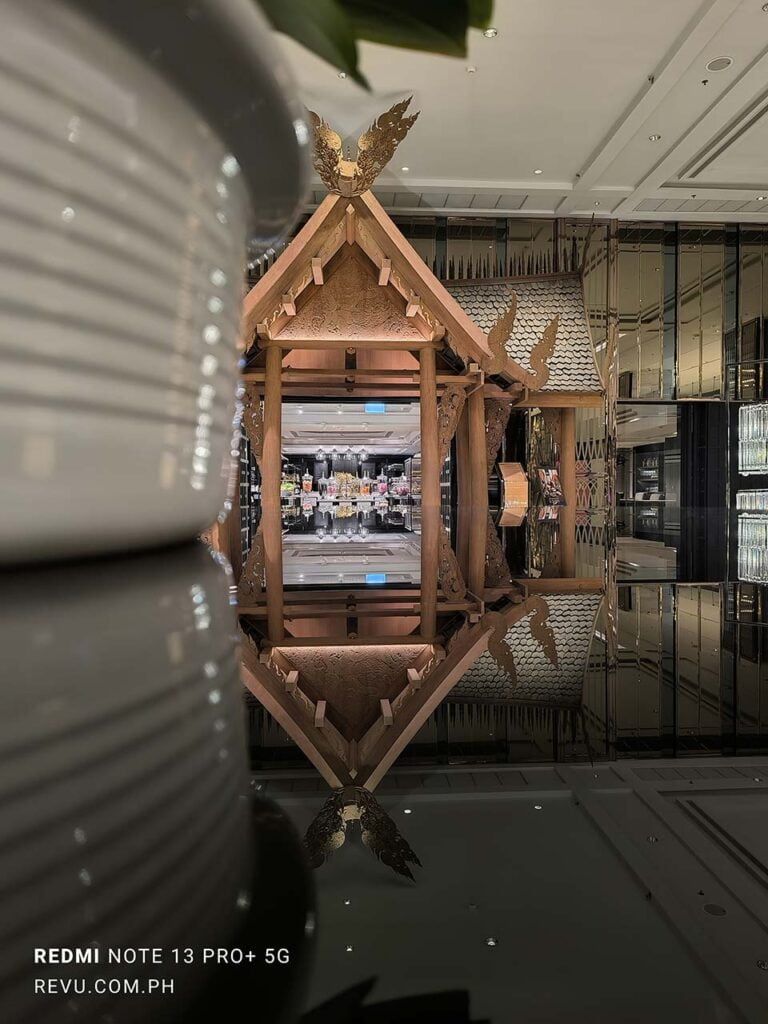
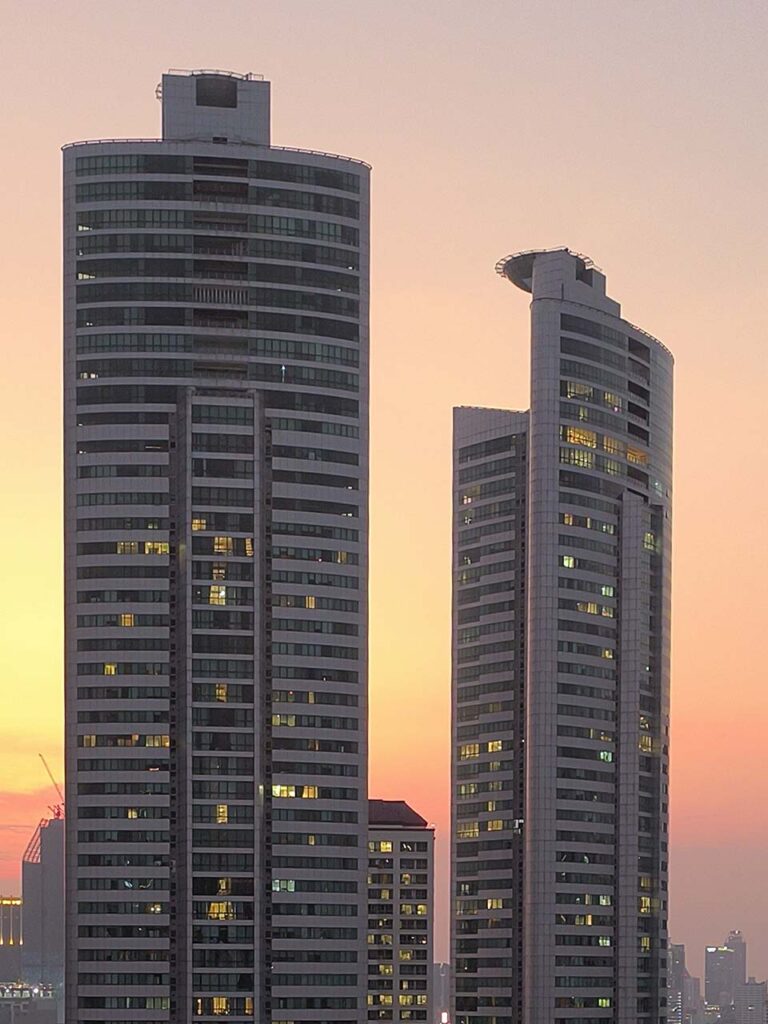
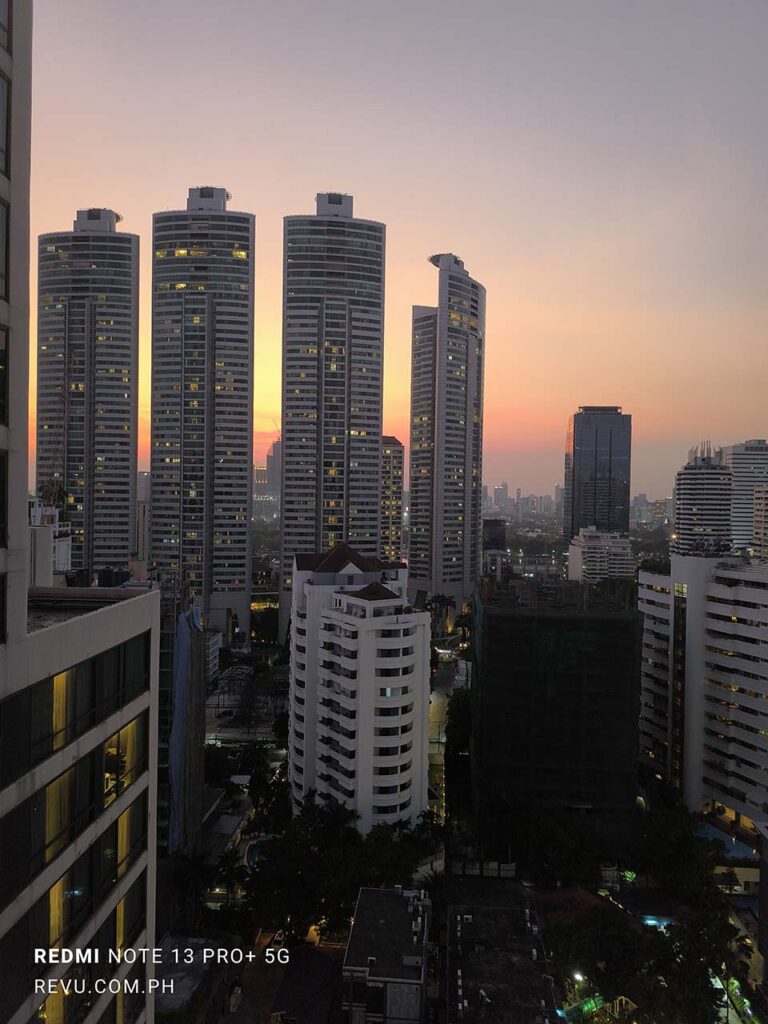
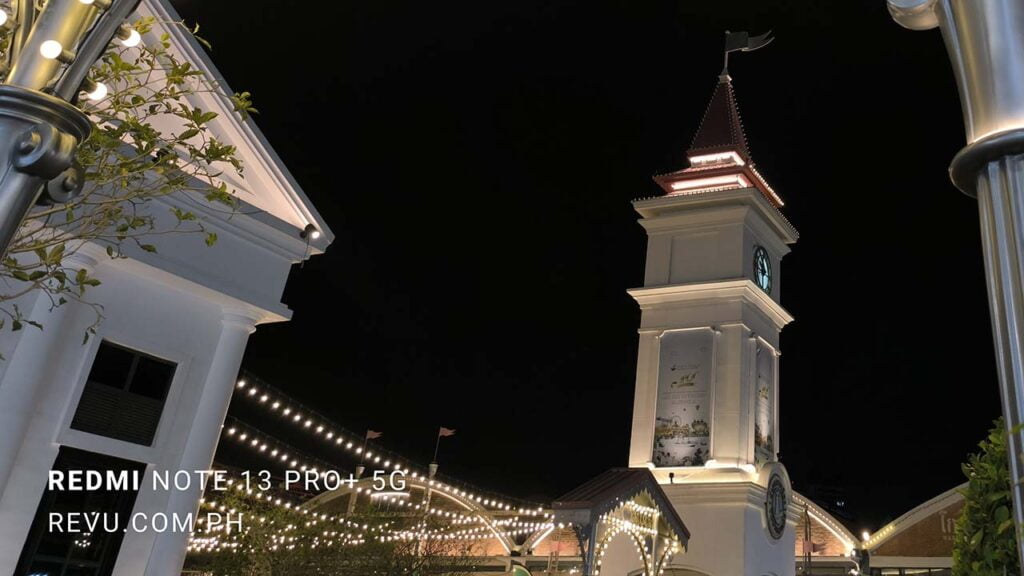
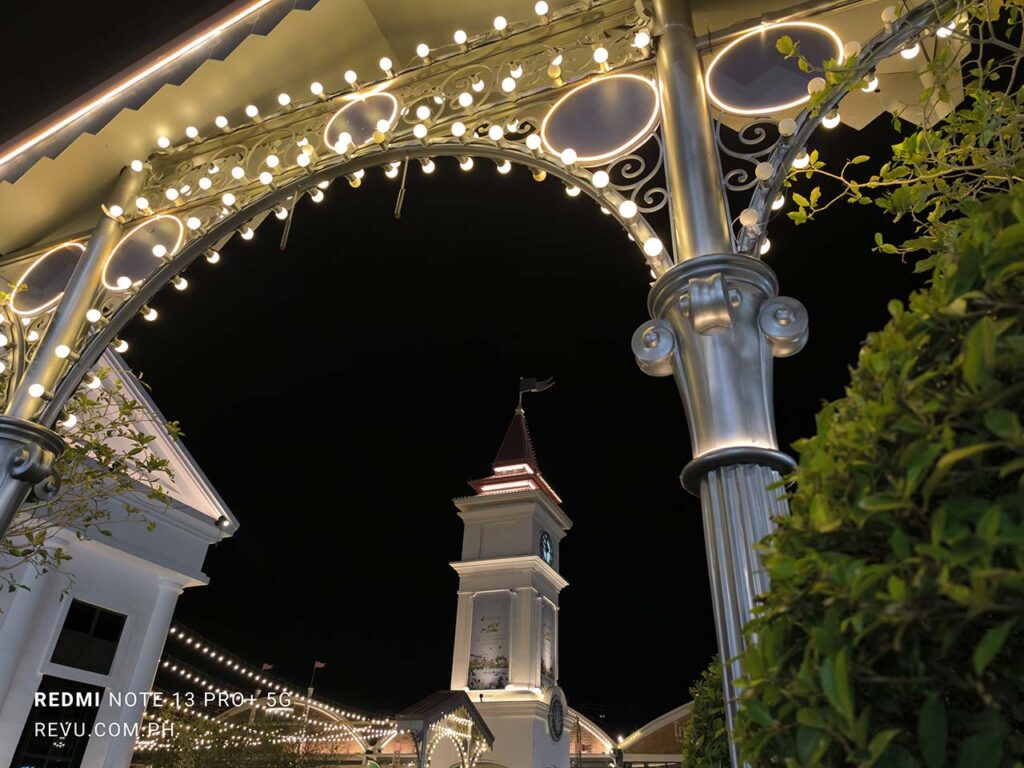

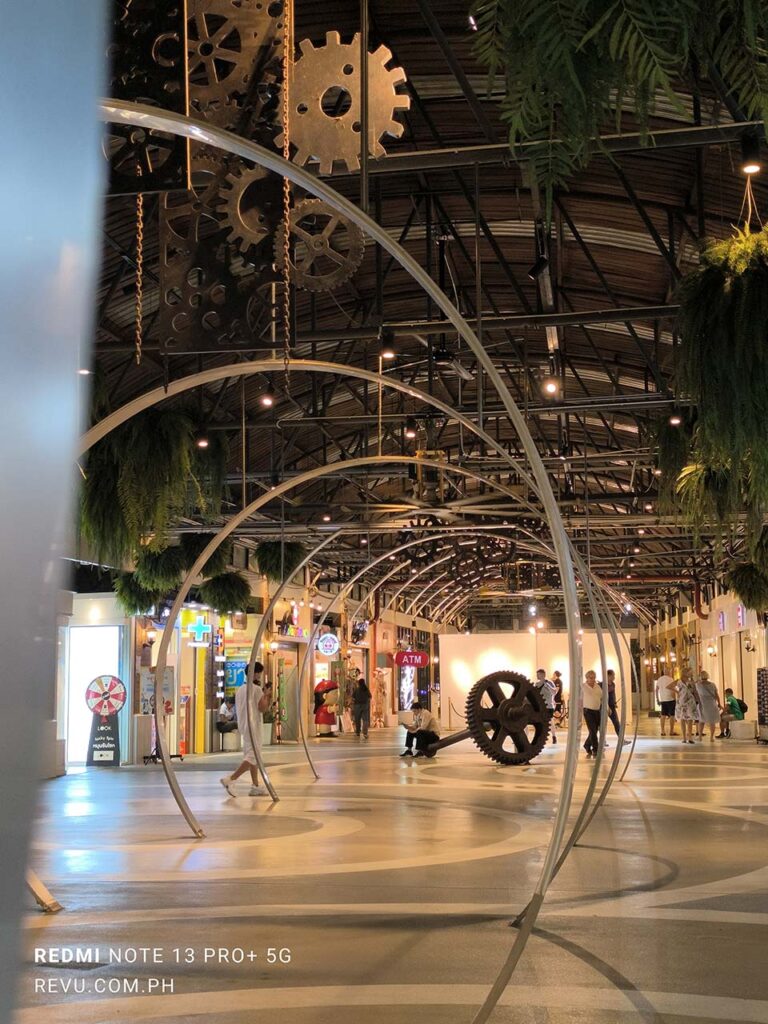

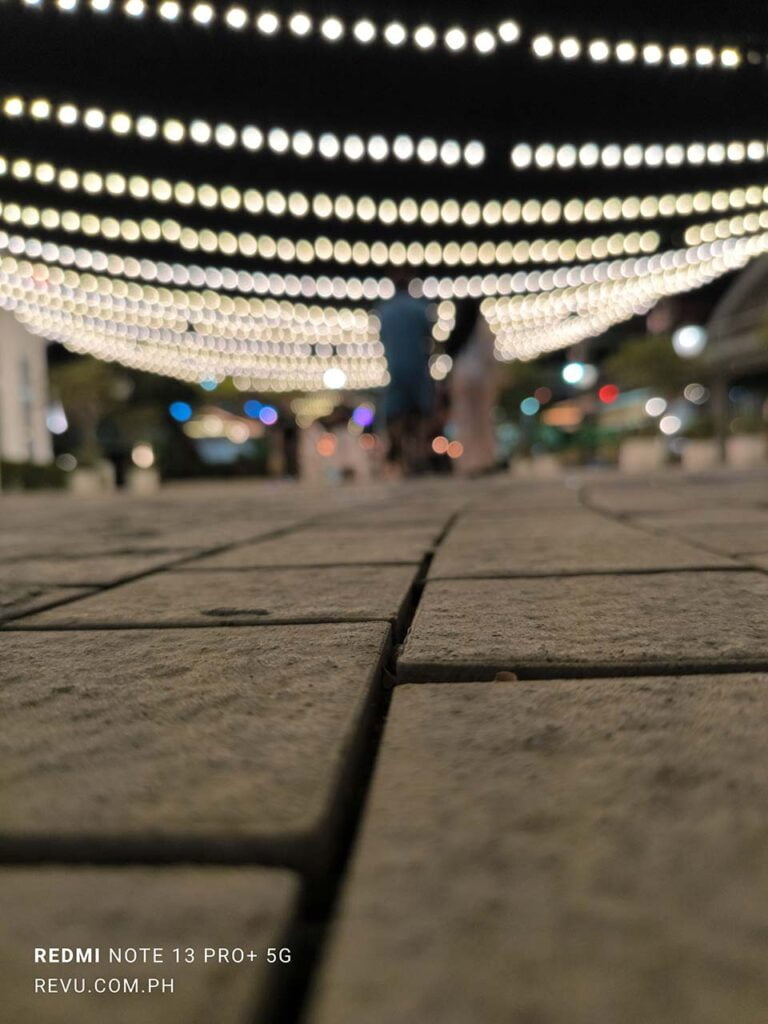

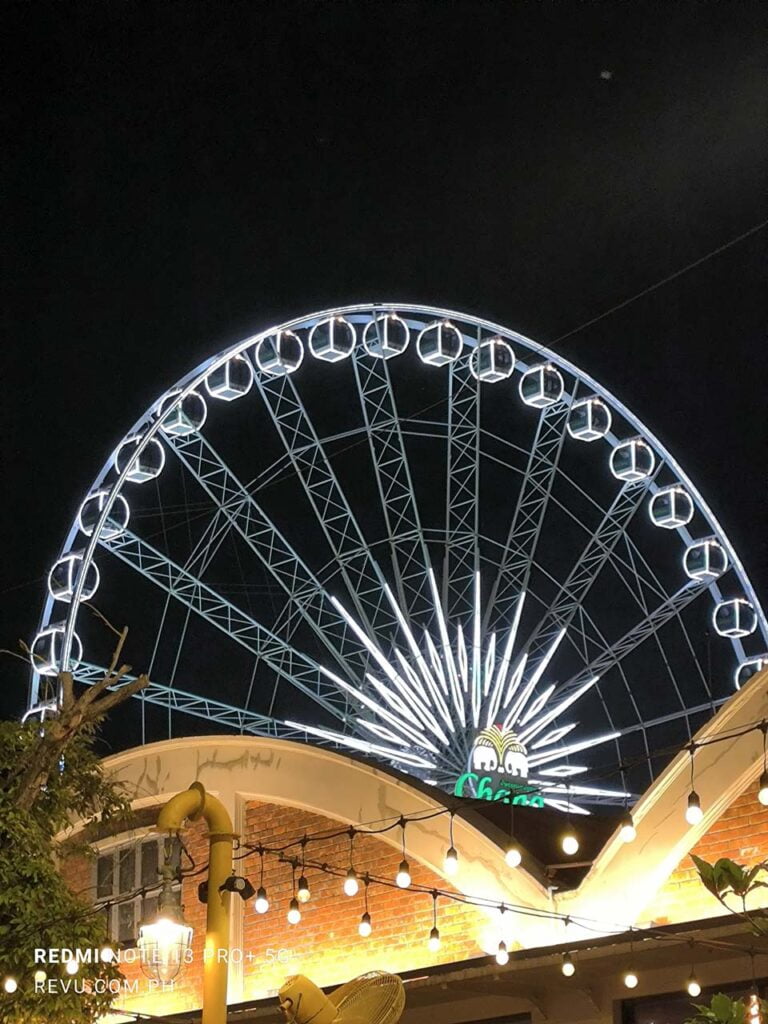
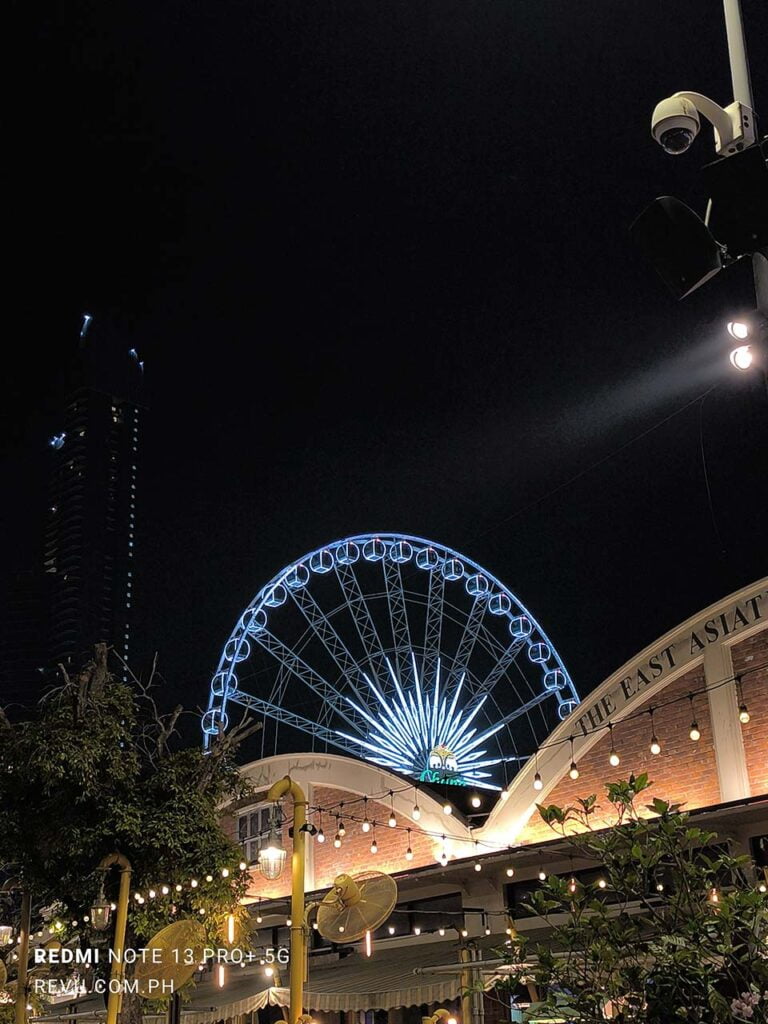
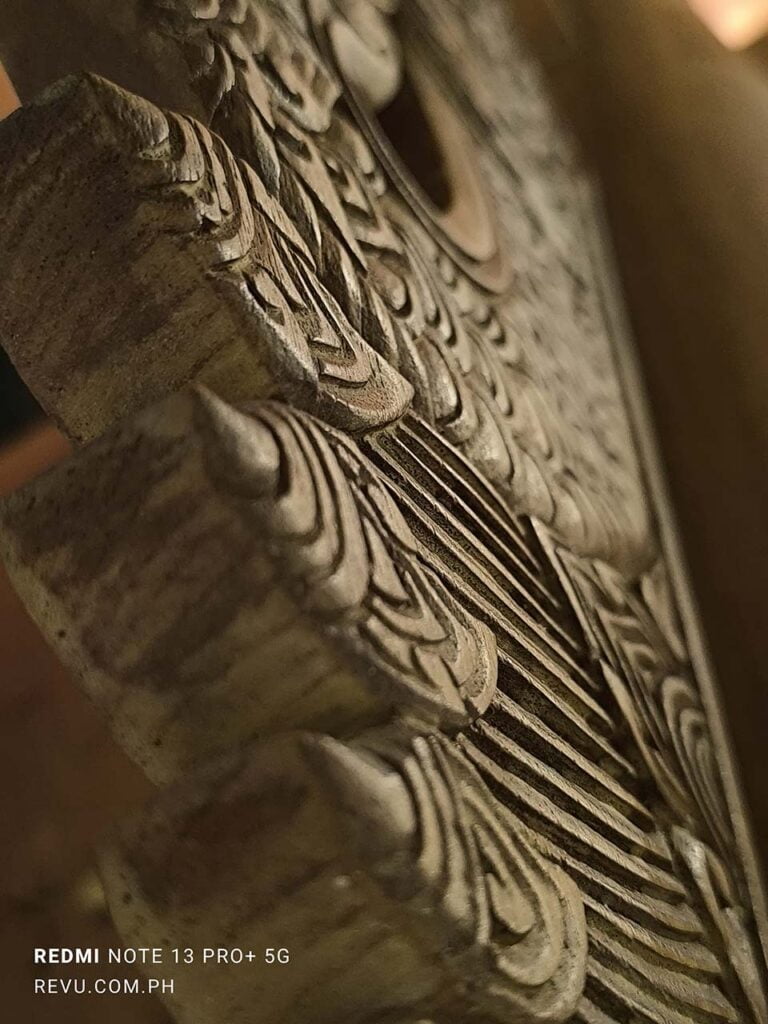
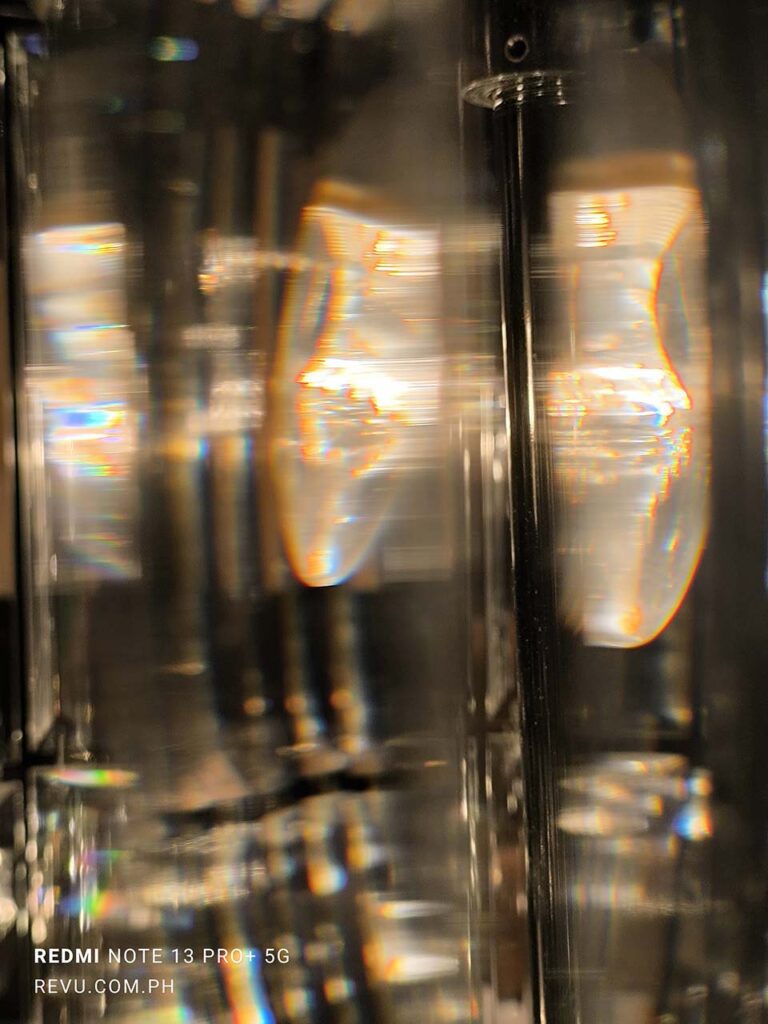
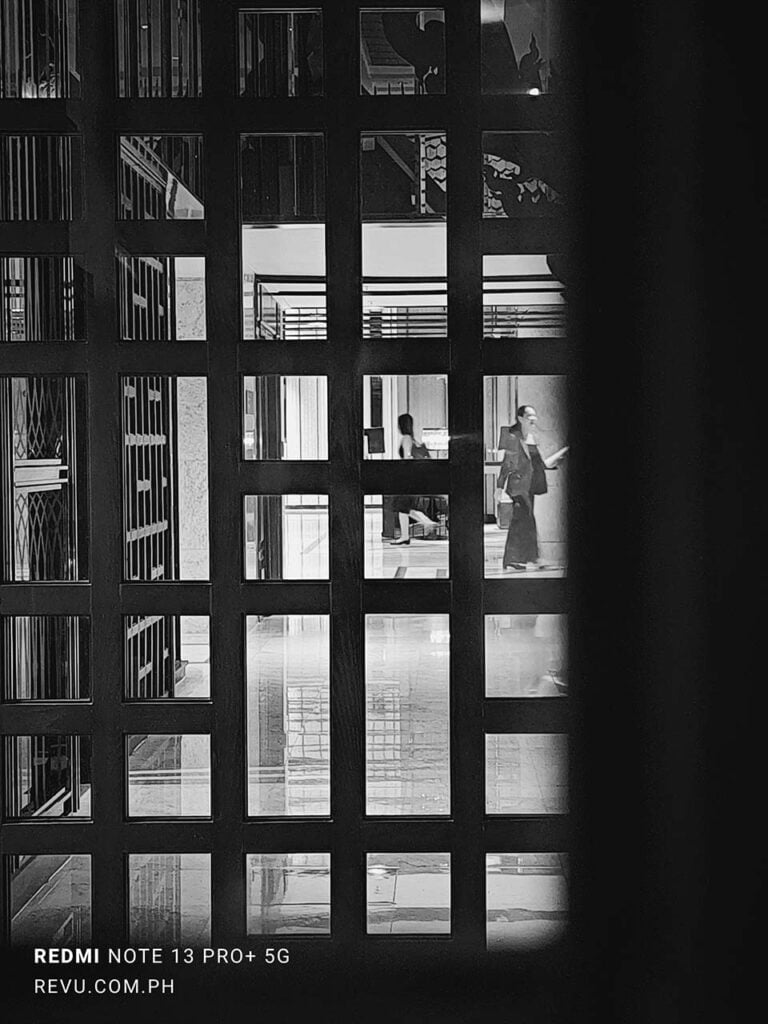
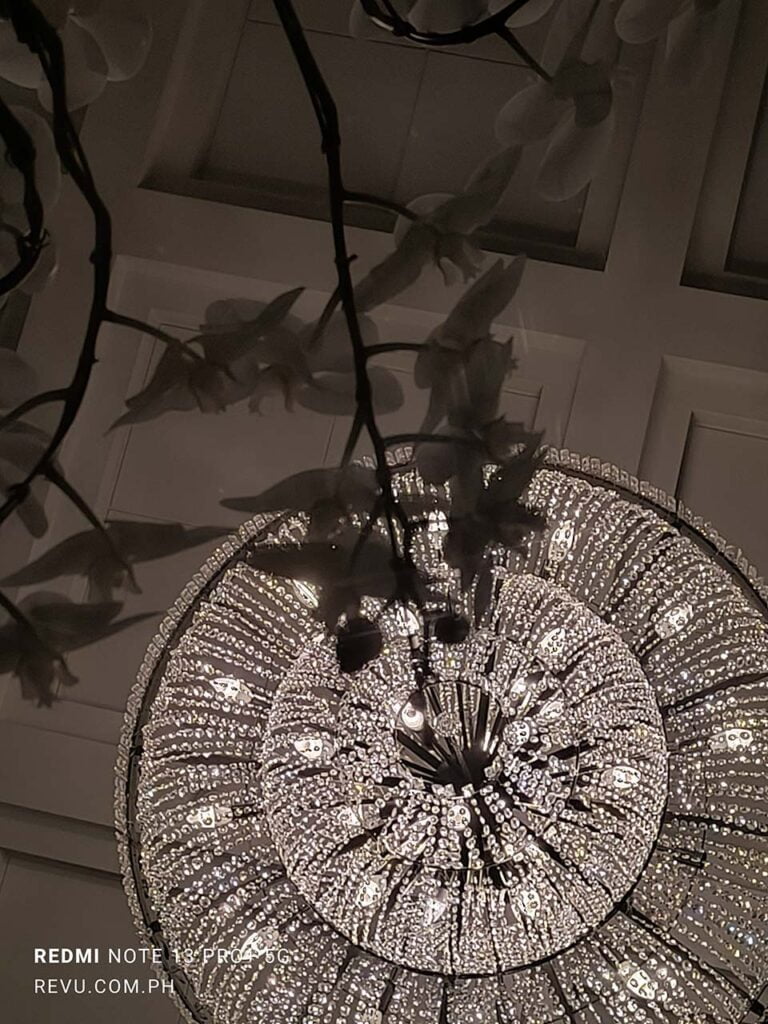



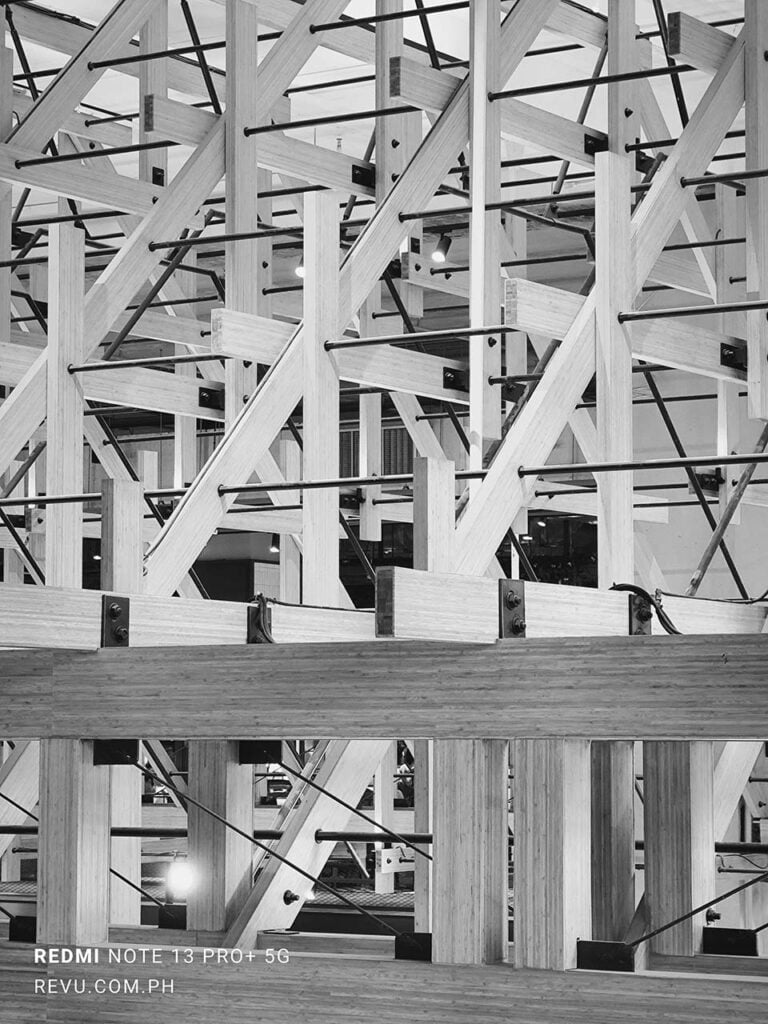

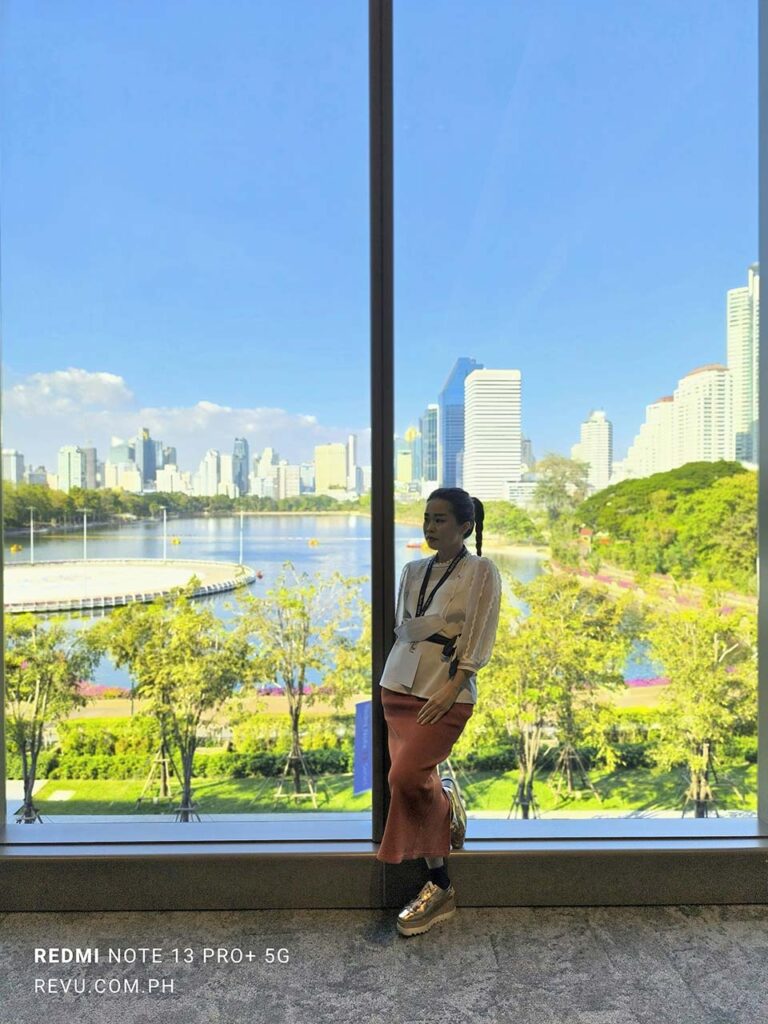
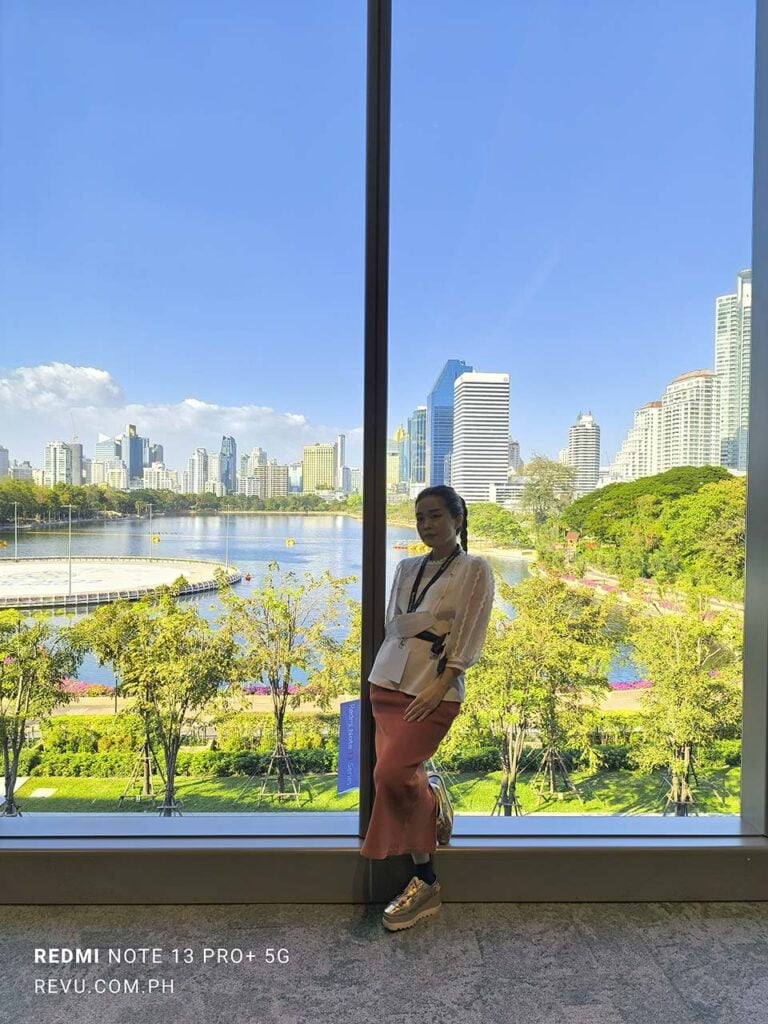
Sample shots taken in Bangkok, Thailand
Fast performance, faster charging
Which brings us to our next point: The Redmi Note 13 Pro Plus 5G debuts a custom MediaTek Dimensity 7200-Ultra SoC and packs 12GB of LPDDR5 RAM and 512GB of UFS 3.1 storage on the local variant. The chip boasts a powerful octa-core processor based on TSMC’s 4nm process, which is usually reserved for top-of-the-line chipsets like the current Dimensity 9000 series or Qualcomm’s Snapdragon 8 Gen 2. It also integrates Mali-G610 graphics and an AI processor dubbed the APU 650.
As expected at this price point, the Redmi Note 13 Pro Plus 5G is responsive in everyday use. Apps load almost instantly, and multitasking feels fluid on our unit. The phone can also run all the games you throw at it, including the most demanding games you’ll find on the Google Play Store, at medium to high settings with little to no issue. Genshin Impact, in particular, can hit 60 FPS in certain areas, but produces frame drops from time to time.
The Redmi Note 13 Pro Plus 5G can get a bit hot to the touch, but honestly, our biggest performance-related gripe is the absence of Xiaomi HyperOS at launch. It was previously reported that the top-end model could launch with Xiaomi’s new and improved operating system out of the box; alas, that wasn’t the case. Instead, our unit arrived with Android 13-based MIUI 14. That’s quite unfortunate considering how much of an improvement HyperOS is — visually and performance-wise — based on our experience with our Xiaomi 13T Pro, which has been running the new OS since December 2023.
Another downside to this sub-flagship is the amount of bloatware and ads that come preinstalled. We know it sounds nitpicky, but that shouldn’t be the case when customers are already paying a premium. That’s like when on-demand video services serve you ads when you already paid for a subscription (we’re looking at you NBA League Pass and Amazon Prime Video).
Our unit lasts a day with heavy use, which is okay, even though we expected more from the 5,000mAh battery and MediaTek’s 4nm chipset. It surely seems to drain a lot faster with the screen on regardless of the brightness level, but then again, that’s understandable given the 1.5K resolution.
@revuphilippines Roll out the orange carpet for the #RedmiNote13ProPlus , which has been launched on the global stage alongside four other #RedmiNote13Series phones and the #RedmiBuds5, #RedmiBuds5Pro, and #RedmiWatch4 here in Bangkok, Thailand. 🧡 #RevuDotComDotPH #EveryShotIconic #RedmiNote13ProPlus5G #XiaomiPH #XiaomiPhilippines ♬ original sound – Revu Philippines
Our short unboxing video of the Redmi Note 13 Pro Plus 5G. You’ll see the bundled 120-watt GaN charger here
The good news is that the Redmi Note 13 Pro Plus 5G doesn’t take a while to fully charge at all if you plug in the bundled 120-watt GaN charger. With it, we were able to top up our unit from zero to 70% in just 15 minutes, while a full charge took 26 minutes. Keep in mind that your charging speed can vary due to several factors, such as charging method, temperature, and battery age. Still, you have to give it to Xiaomi for bringing exceptionally fast charging times to the sub-P25,000 ($448) phone segment.
Final thoughts
The Redmi Note 13 Pro Plus 5G represents the company’s most ambitious attempt at making an upscale Redmi phone without fully committing to the brutally competitive flagship segment occupied by the likes of the Apple iPhone 15, Samsung Galaxy S23, and Xiaomi’s own number series. Honestly, had Xiaomi opted for a faster, more capable chipset, we’d be more inclined to recommend it over a lot of other high-end devices on the local market.
With a slick and IP68-rated design that shames many pricier models, a high-res OLED display that’s comfortable to hold and use outdoors, a 200-megapixel camera that works nicely in tandem with the screen, and a battery that fills up in under 30 minutes, the Redmi Note 13 Pro Plus 5G throws a lot at you, with the promise of a better experience once Xiaomi pushes the update to HyperOS.
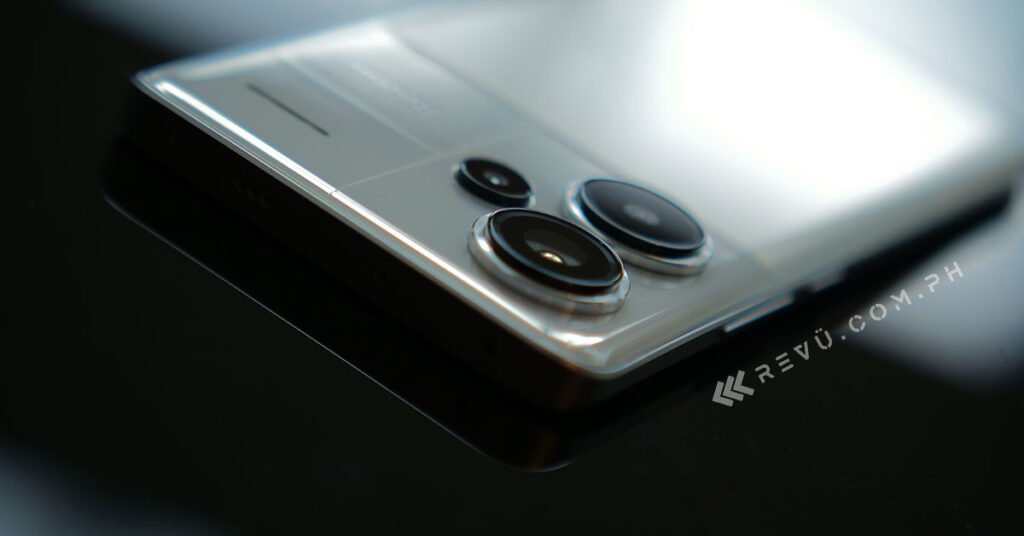
This unit has plenty of positives going for it. But it’s quite expensive, too, with the top-end 12GB RAM and 512GB UFS 3.1 storage option we have priced at P23,999 ($430) and the online-exclusive 8GB/256GB base model going for P20,999 ($376) in the Philippines.
For the money, we think it’s great value, and if you’re on the fence on which variant you should purchase, we highly recommend the 12GB/512GB version, since the Redmi Note 13 Pro Plus 5G doesn’t offer expandable storage. Plus, having more RAM is always a good idea especially when multitasking and running heavy games and apps like emulators and video editors.
Where to buy the Redmi Note 13 series phones in the Philippines
Redmi Note 13 Pro Plus 5G specs
- 6.67-inch curved AMOLED display, 1.5K resolution, 120Hz refresh rate, 1,800 nits peak brightness, Dolby Vision, Corning Gorilla Glass Victus
- 4nm MediaTek Dimensity 7200-Ultra chipset
- Mali-G610 MP4 GPU
- 8GB/12GB LPDDR5X RAM
- 256GB/512GB UFS 3.1
- Triple 200-megapixel main sensor with OIS, 8-megapixel ultrawide camera, 2-megapixel macro rear cameras
- 16-megapixel front camera
- Under-display fingerprint reader
- IP68 rating
- Dolby Atmos, dual speakers
- 5,000mAh battery with 120-watt fast charging
- MIUI 14 based on Android 13
- Color: Midnight Black, Moonlight White, Aurora Purple
Share this Post


